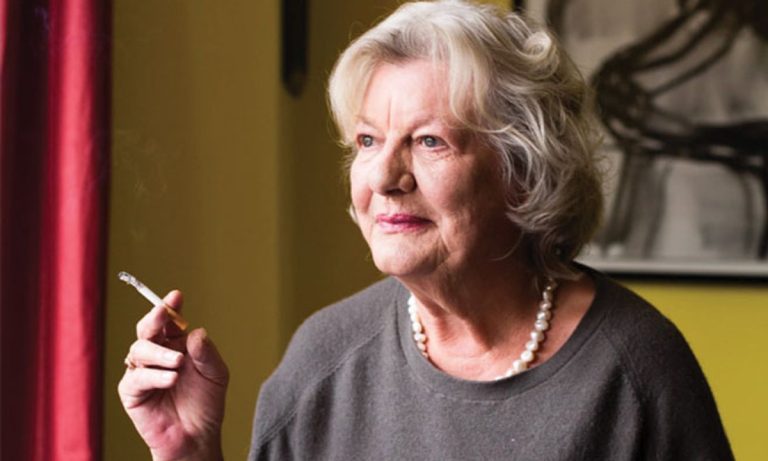In a career spanning more than 50 years, British journalist Lynn Barber has interviewed numerous artists, writing in the last line of her new book A bit of art education that “they have that consuming passion that will last them a lifetime”. Barber, a self-proclaimed outsider to the art world whose memoir was turned into the acclaimed film. An Education (2009), recalls and gives away in this compilation of his encounters over the decades. She describes why she came to admire Tracey Emin but fell out with other big players, including Jake and Dinos Chapman, after a controversial interview for The Observer newspaper in 1999.
The Art Newspaper: You say in the book that you “greatly admire artists for their courage, their willingness to take risks and entrust their entire future to their own creativity.” Was it always of that opinion?
Lynn Barber: When I was a kid, I didn’t have any opinion about it [art] not at all, but I was more and more impressed by the artists’ courage and willingness to take risks. Although Tracey [Emin] or Sarah Lucas are successful now, there were big periods of their career where they didn’t earn anything but still kept it going. And then I was very impressed with Michael Landy’s work, when he destroyed everything he owned [Break Down, 2001], including works of art given to him by friends. I thought that was such a brave thing to do.
Which artist confounded your expectations the most?
Well, obviously the Chapman brothers, let’s get to them, but not confused [as such]. Howard Hodgkin’s habit of bursting into tears was, I found, excruciatingly embarrassing. I would say something wrong and he would start crying with tears that would shake his shoulders, and it was embarrassing. I criticized the titles of his pictures and he said, “Oh, you cut me to the quick. That’s terrible. That’s terrible.” But still he kept seeing me. So I guess I was just someone who cried very easily.

Barber with Sarah Lucas Courtesy of Lynn Barber
You interviewed Salvador Dalí in 1969 for attic magazine Have you always been a showman?
He certainly was when I was with him, and he often had quite a retinue around him. He was basically giving a performance from 11 to one in the morning and then having a party in his suite at night. But he probably had some downtime in between. However, I doubt that he was actually painting; apparently he stayed at Le Meurice [hotel in Paris] for about a month at a time. But that was not his basic [main] house Dalí was very engaged and eager to talk about sex, especially his theory that masturbation is the most important thing.
Your feud with the Chapman brothers is part of art world folklore.
I decided to interview them because I really admired their work. Jake started abusing me from the moment I walked in and kept telling me I was a bourgeois. Of course I’m bourgeois. And then when I asked Dinos about his deformed hand, Jake was outraged, saying, “how dare you ask, what terrible manners,” and acting like a brat duchess or something. But then when I bumped into him a couple of years ago at Tracey’s [Emin’s residence]he was very nice and wrote a very sweet email saying he was sorry [the spat] and he doesn’t see Dinos anymore, which is weird, isn’t it?
Your account of the Turner Prize judging experience in 2006 is heartfelt and entertaining. How was the experience?
I was delighted and honored to be asked to be a Turner Prize juror. But soon everything was very bitter. I did worse because I couldn’t easily ask people like Tracey [Emin] or [the dealer] Sadie Coles what you should go see. I just had a list of art galleries and I went through them all, and there are millions of them and most of them were showing shit. So it got pretty exhausting. And I didn’t get any kind of support or friendship from the other judges. And also Tate said they would send us a list of the concerts we should go to and the months passed. And they never sent a list, or maybe eventually, but too late.
Everyone also said, don’t worry because really Nicolás Serota [the former Tate director and prize chair] he picks everything, and he didn’t seem to step in or argue while we were arguing, but he did go around the table and say, “None of you mentioned Tomma Abts.” And I told her, I think she’s very good but a little boring. And anyway, somehow, the roundabout seemed to stop at Tomma Abts even though we all would have preferred different people, but in fact, when it came down to it, his show was the best.
• Lynn Barber, A bit of art educationCheerio, 132 pp, £15 (hb)

